…A New Pattern Release from Love Notions
*The Bass Clef and Treble Clef (for Kids) Coat pattern will both be on release pricing from Tuesday, 3/5/24 through Monday, 3/11/24. They will be $9.50 and $7.50 respectively. Be sure to use code 10MARYMAC for an extra 10% off. Regular prices are $12.50 and $10.50.
I am so excited about the release of the new Bass Clef Coat pattern! I tested both the Woman’s Clef Coat and the Men’s Bass Clef Coat and let me tell you~ I am a BIG fan! (I’m sure the Kid’s Treble Clef is awesome too!) This coat is truly a pleasure to sew. It’s satisfying and quick~ what more could you ask for! Oh and the final result is pretty awesome too! I see many more Clefs in my future~ both for me and my husband. Don’t typically sew for the “men” in your life? This is the perfect pattern to change that.
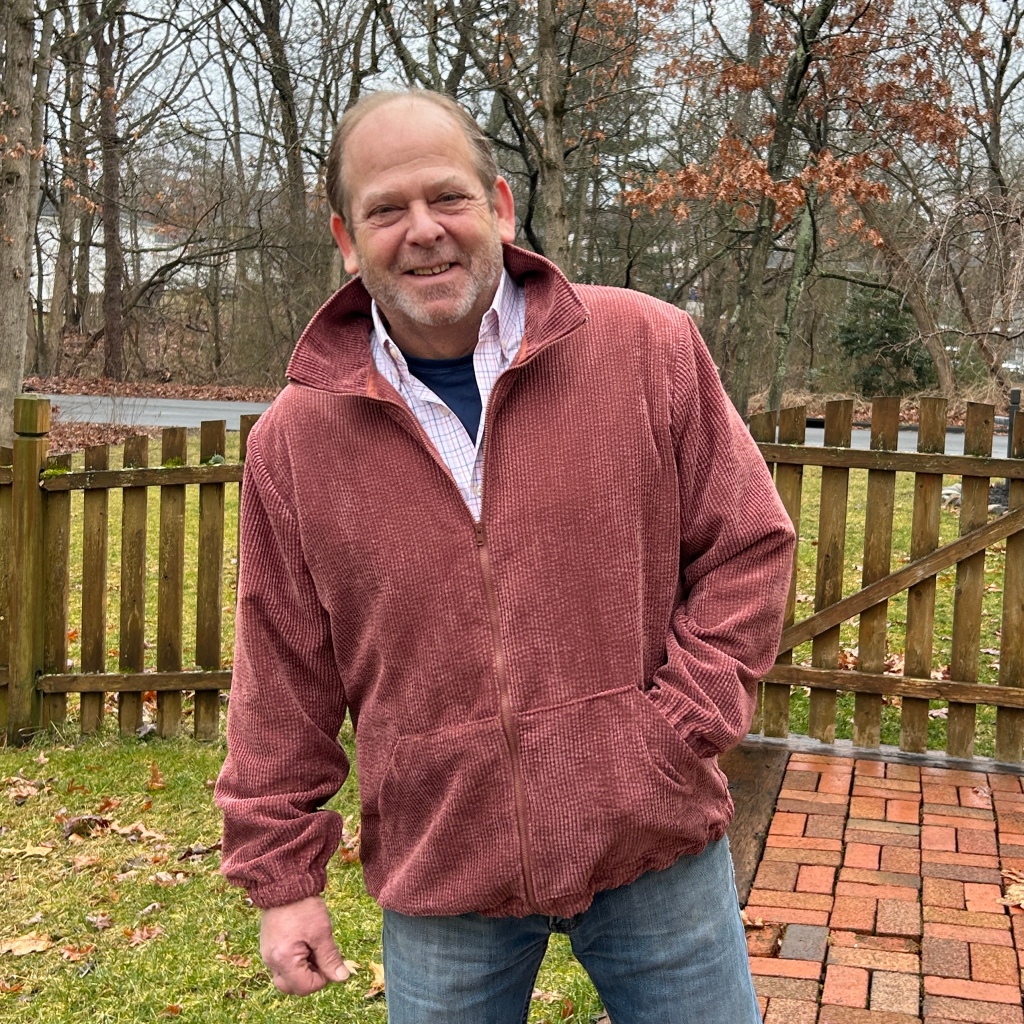
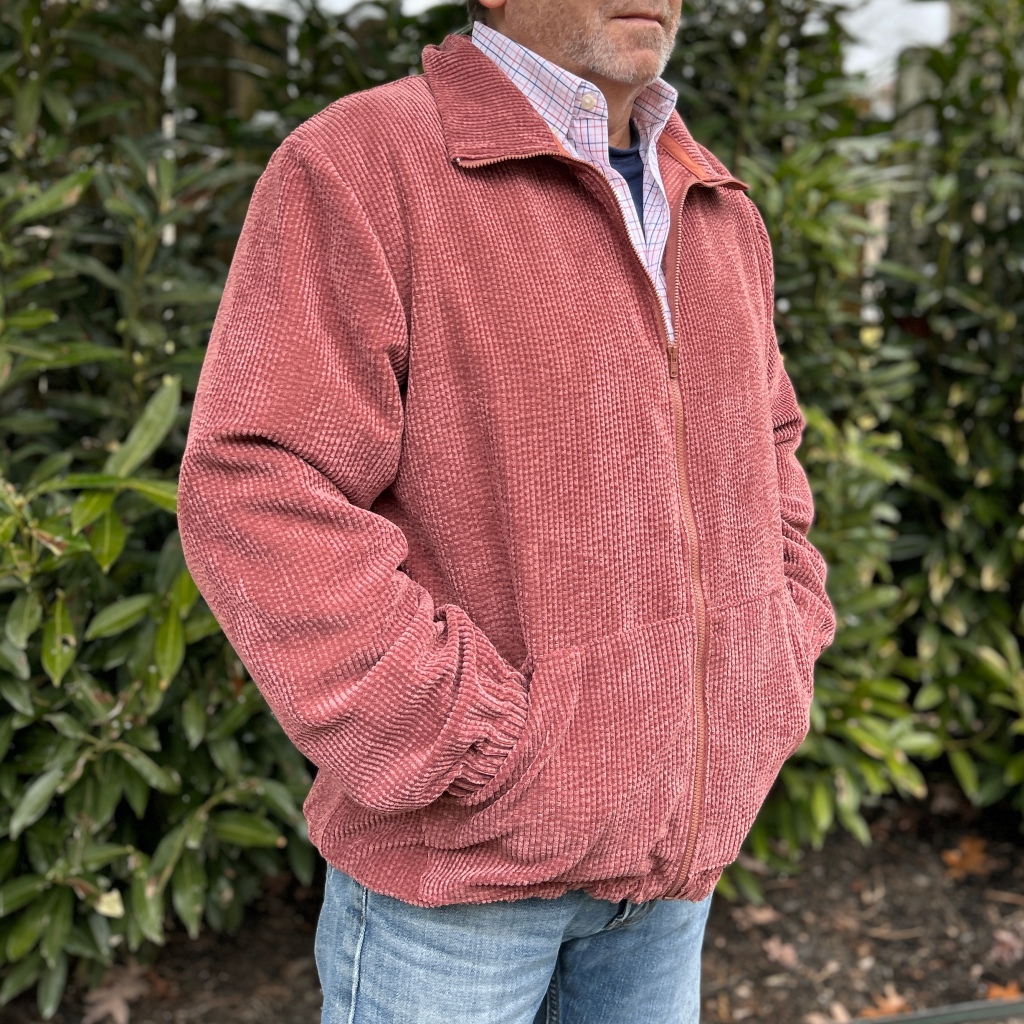

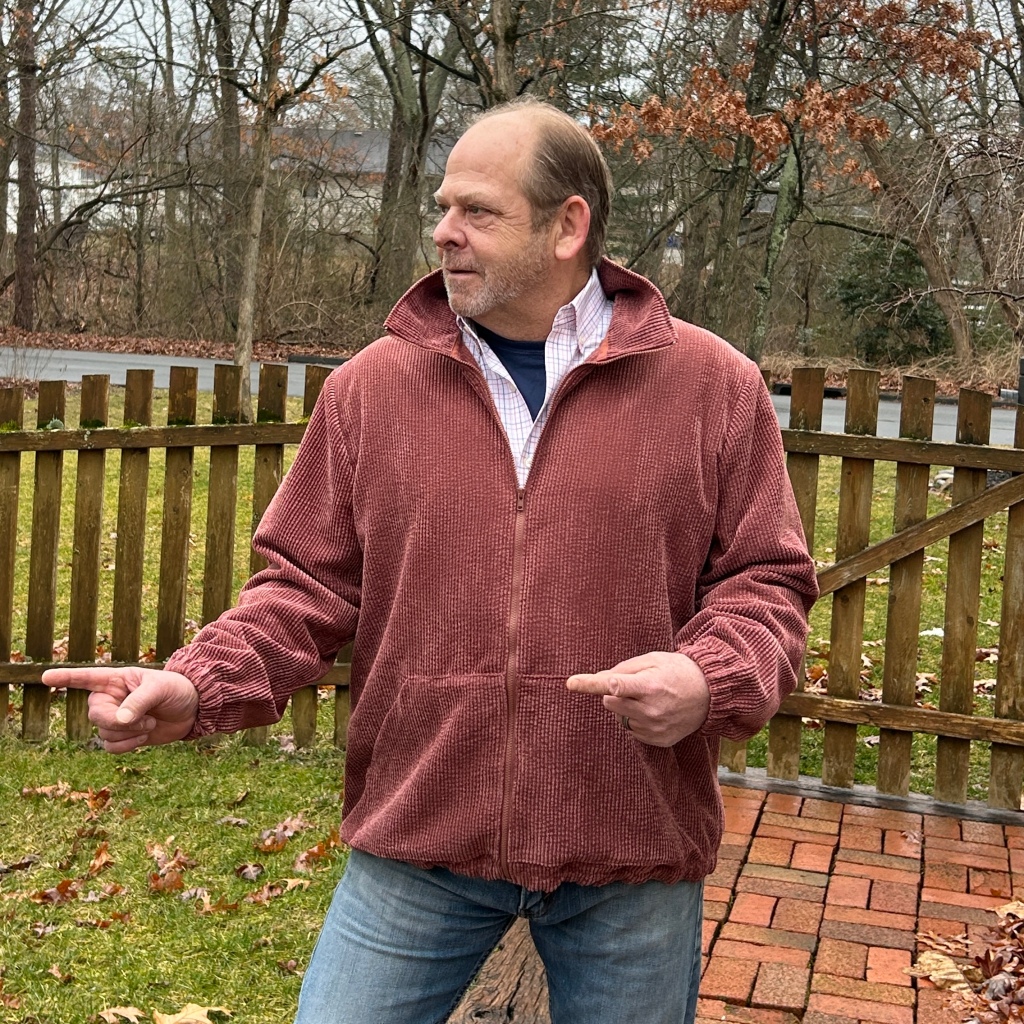
The Details
The Bass Clef Coat is a relaxed fit, yet classic coat that can take on totally different looks depending on the options that you choose. It can be casual or dressy~ the choice is yours! And there are a lot of options!
- Can be made with wovens or knits!
- Stand Collar or Hood Options
- Zipper or Button/Snap Placket Options
- Optional Welt Chest Pocket
- Front Kangaroo Pockets
- Drawstring or Elastic Waistline
- Endless Combinations!
- Skill Level~ Confident Beginner, only the zipper and buttonholes/snaps may be a bit challenging.
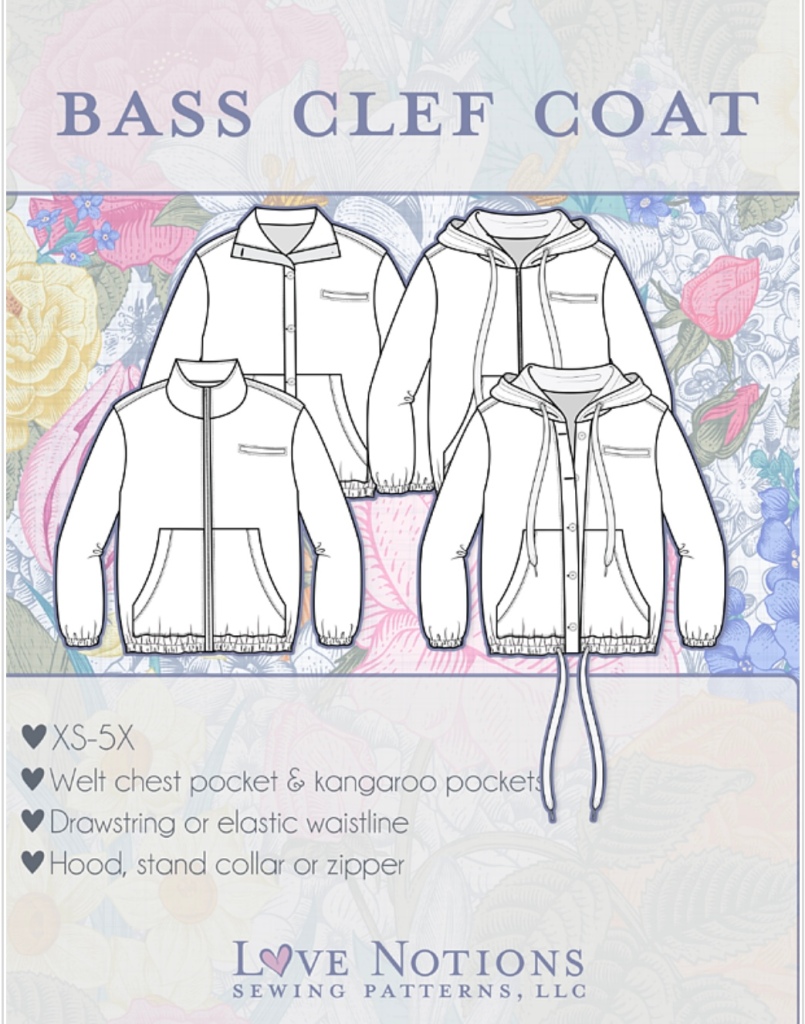
Sizing and Fit
The Bass Clef is available in sizes XS-5X. Choose your size based on the chest measurement. If between sizes, choose the smaller size. As always, check the finished garment measurements chart to help you.
The Bass Clef is drafted for the average 5’8″ man. It is meant to hit at the full hip. It is designed to have a relaxed and roomy fit. If your “man” prefers a more fitted coat, you can always size down. Again, be sure to check the finished garment measurement chart to determine if you will have enough ease.
Something to remember about this pattern is that fabric choice can really make a difference in how the coat fits. A thicker fabric is going to fit closer than a lightweight fabric. Make sure you take that into account when choosing your size.
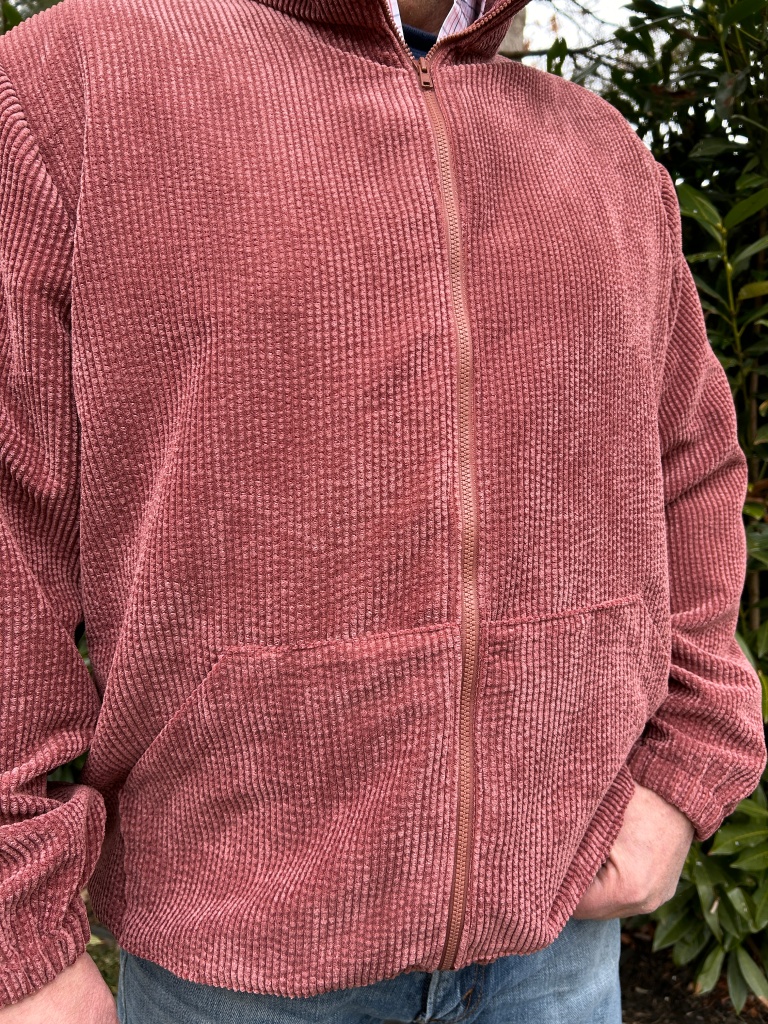

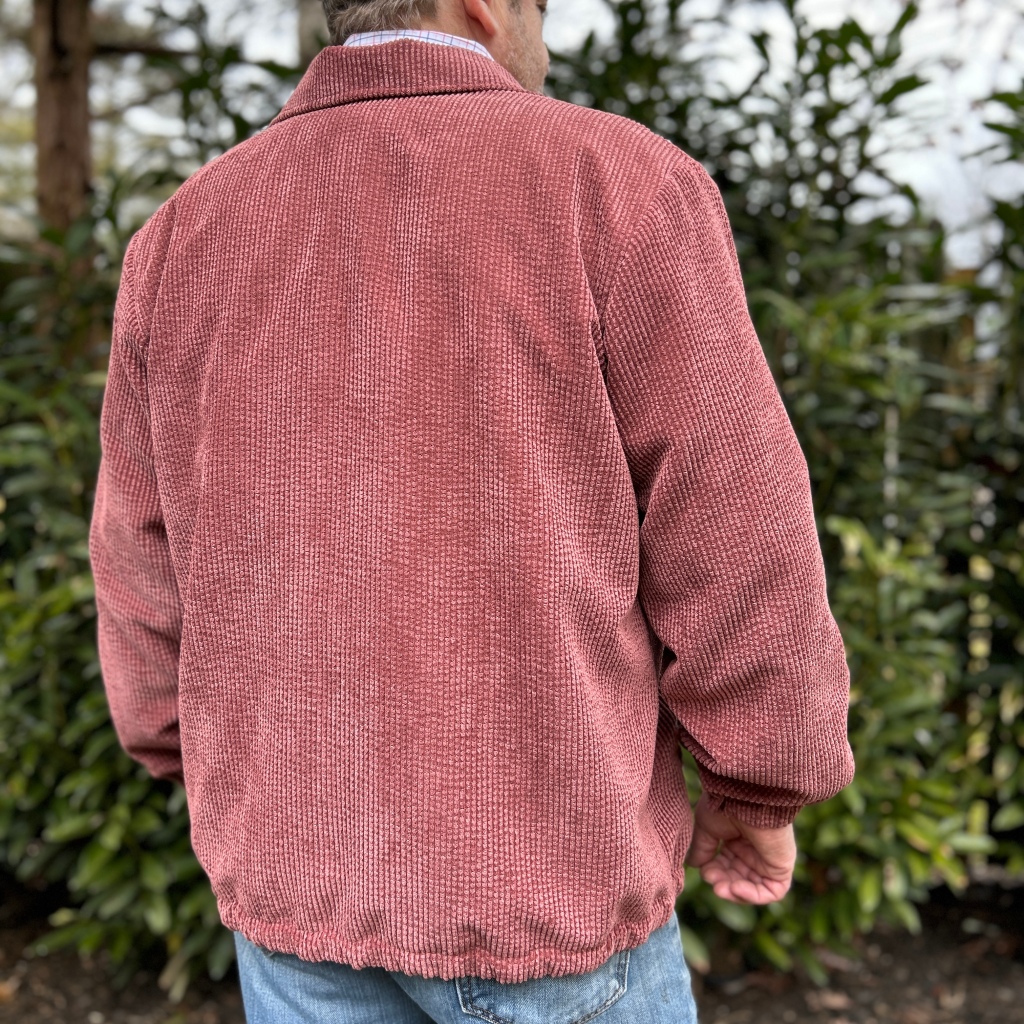
Bill’s Sizing
I made a size Large for my husband. His chest measures 43″ which falls exactly in a size L. His waist is 37″ and his hips are just 38″. His hips are smaller than a size Large, but I did not grade smaller for him. I did however use a smaller length of elastic for the hem than recommended for the size Large. This pulled the bottom in just a tad more so it fit him better. The Large recommends 45″ elastic and I used just 43″.
My husband is 5’8″~ so I did not take make any changes to the length of the body of the coat. I did shorten the sleeves 1 1/2″, which is a typical adjustment that I make for him. The wrist elastic calls for 11″ for the size Large, I used just 10″. This is just a guide and can be changed for personal preferences.
I chose to use 3/4″ wide elastic for both the wrists and hem. This is a personal preference as well.
Modifications I Made
French Seams
I chose to sew French seams on the side seams and the sleeve seam. Since I don’t sew very often for my husband, I wanted to make this extra special and give the inside a cleaner look. In order to sew French seams, I needed to increase the seam allowance to 1/2″ instead of 3/8″. To do this I simply added 1/8″ to the side seams of the front and back pattern pieces as well as the sleeve seam. Choosing to sew these seams as French seams meant that I would be sewing the side seams before inserting the sleeve. The sleeve will then be inserted “in the round” after the side seams are sewn.
How to Sew a French Seam
- Pin front and back together at the side seams Wrong Sides Together.
- Stitch a 1/4″ seam
- Trim seam to 1/8″
- Press seam allowance to one side
- Turn coat wrong side out, press seam really well.
- Pin the side seams Right Sides Together.
- Stitch a 1/4″ seam
- Press seams well again.
- Repeat this process for each sleeve.
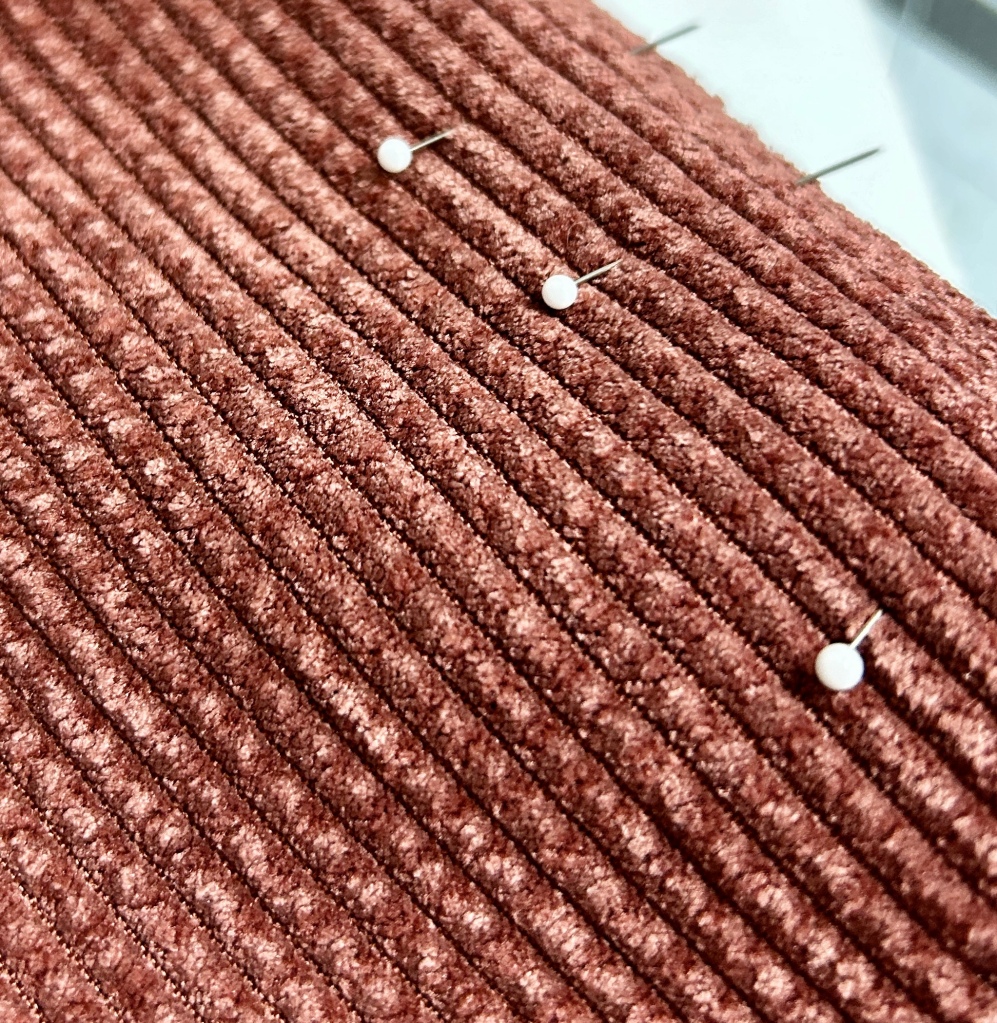
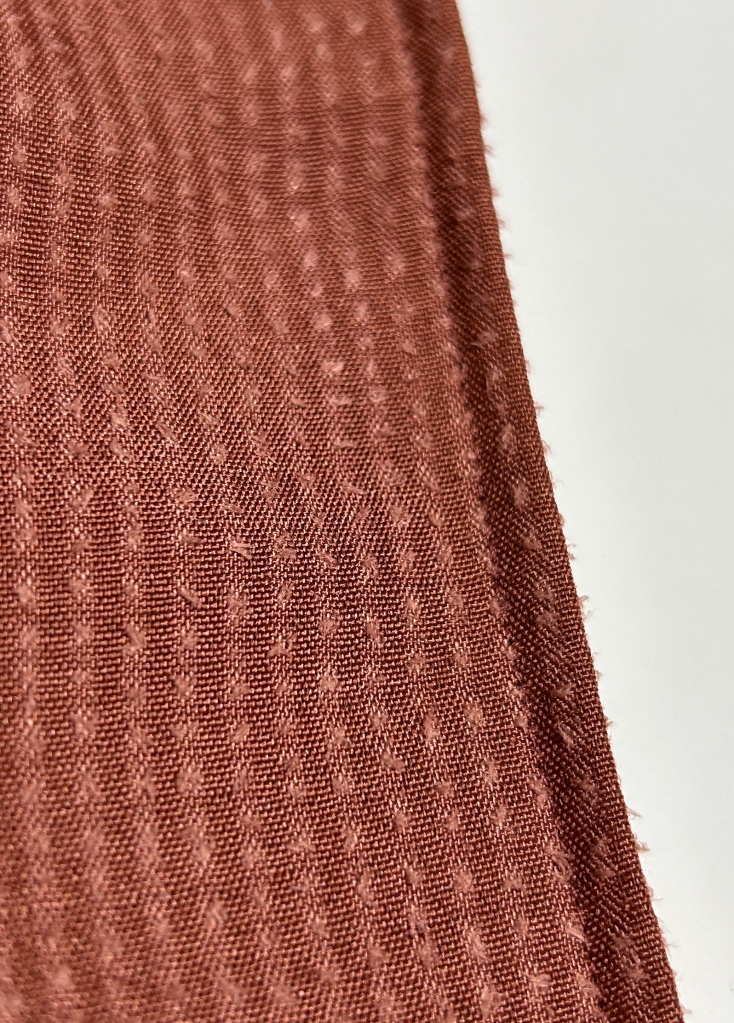
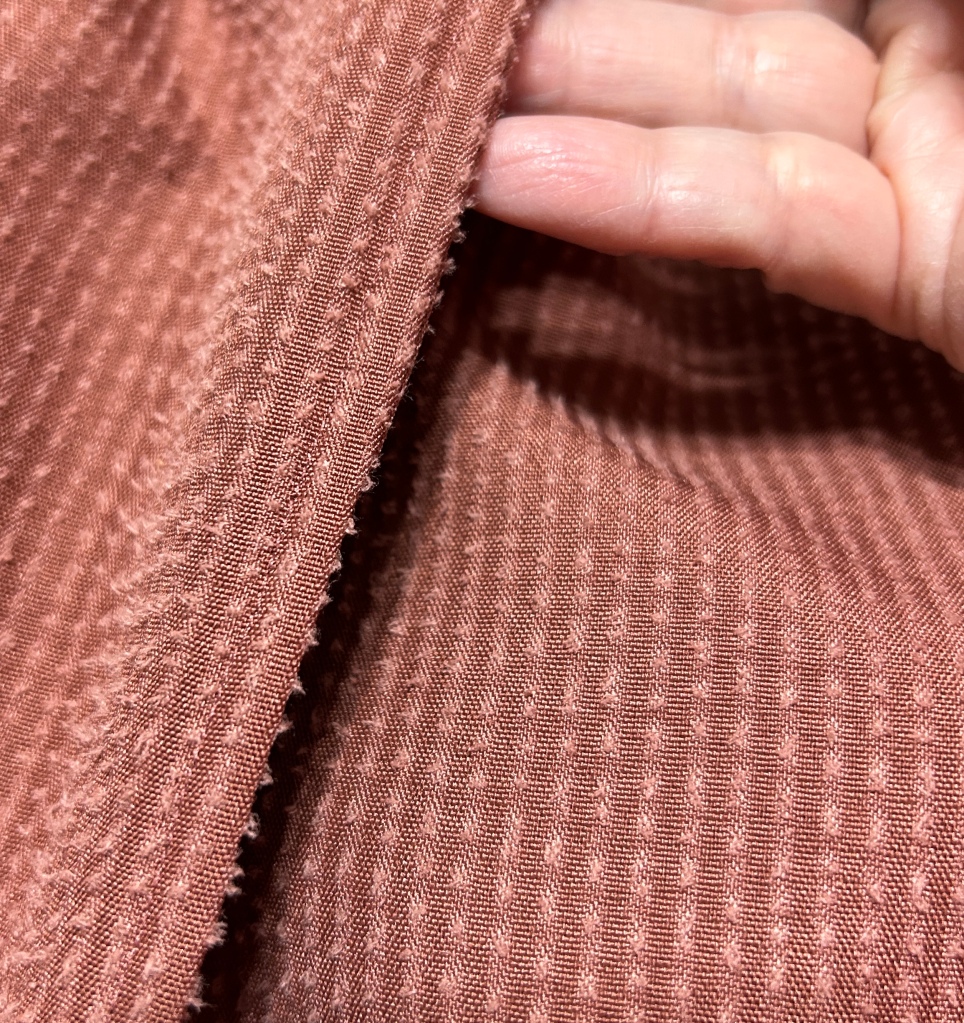
Interfacing
The Bass Clef Coat does not require interfacing in the collar. I have worked with this Washed Corduroy before and I know that it is very soft and has a bit of a drape to it. I knew that I would want it to have a bit more structure. I used a lightweight knit tricot interfacing on the collar and it worked out very well. When zipped all the way up, the collar does not flop.
Pocket Edge Finish
- Page 12, Step 1~ finishing the slanted edge of the pockets
- Instead of finishing with a serger, I chose to use bias tape.
- The bias tape added stability to the pocket edge so it would not be “droopy”.
- After applying the bias tape, I finished the top, short side and bottom of the pocket with my serger.
- Again, I knew this would be best for my fabric. If your fabric has more structure you wouldn’t need to do this, however it does give it a very professional look.
- See below if you need more details on how to do this.
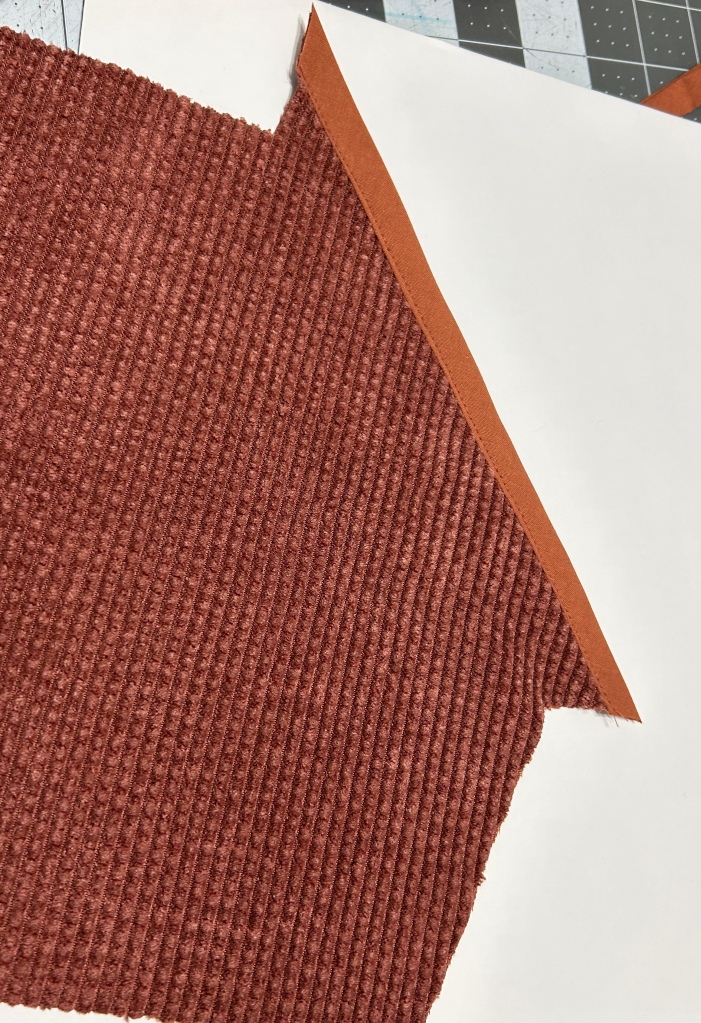
with bias tape
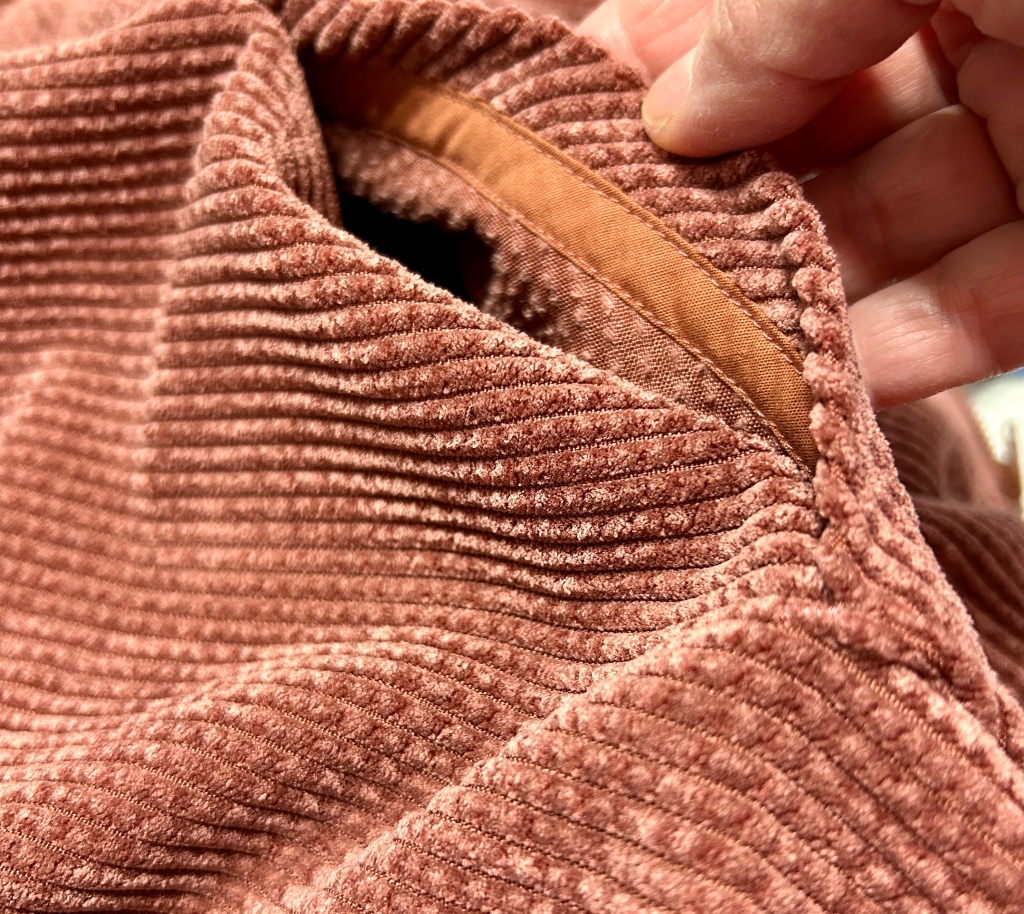
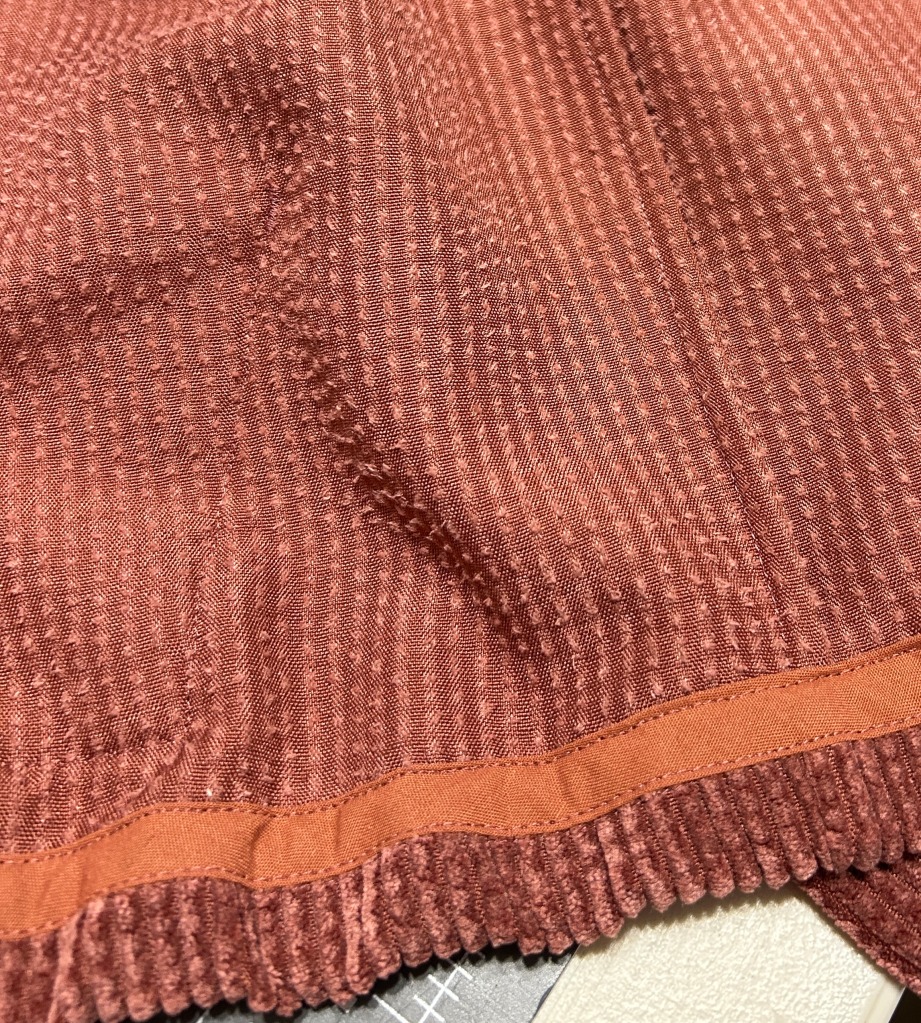
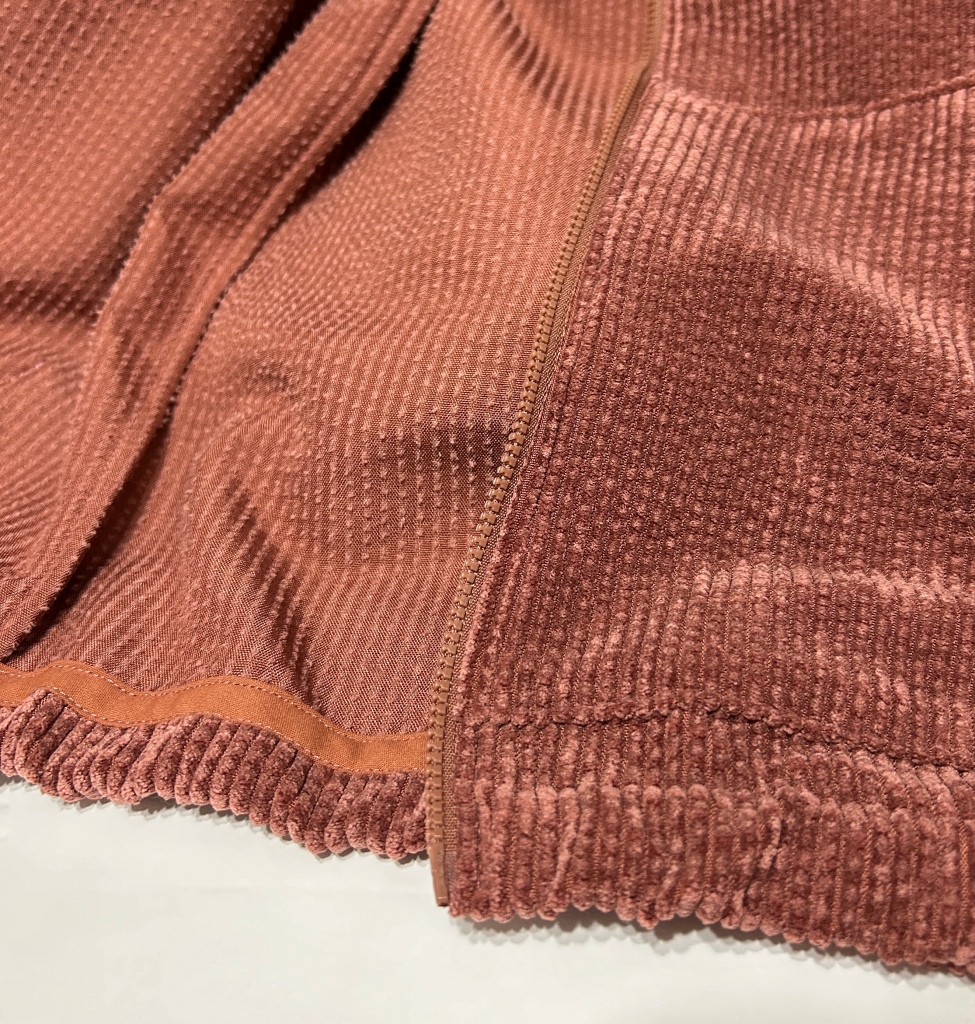
Hem Finishing
Page 23, Step 1 instructs you finish the raw of the hem with a serger, overcast stitch, bias tape or by turning under 1/4″. I finished mine with bias tape, and I feel it was just one more way to elevate this coat. It only took a few minutes extra to do this and I think it was well worth it! This method really gives you a nice clean professional look.
To Apply bias tape to the raw edge:
- Open one side of the bias tape.
- Align the raw edge of the bias tape with the raw edge of the hem. Be sure you place the right side of the bias tape to the wrong side of the hem edge.
- Stitch bias tape to the hem along the crease in the tape.
- Fold the tape over the raw edge of the fabric to the right side
- Topstitch in place.
- Your raw edge will now be encased in the bias tape.
Fabrics and Notions
The Bass Clef is designed for light to medium weight woven or stable knit fabrics. Wovens such as twill, canvas, denim, wool, flannel and corduroy would all be great choices. Stable knits such a Ponte, double knits, fleece, sweatshirt fleece and cotton French Terry would also work.
If you have a knit that doesn’t have enough stretch for other garments~ this would be a perfect pattern to use it for. If choosing a lighter weight knit with more stretch, it may be best to size down.
For the tester version of the Clef, I used a fleece from my stash. I omitted the welt pocket for a quick fit test. This fleece sewed up perfectly for this pattern!
For the final version, I used a washed corduroy. This fabric is not as stiff as many corduroys so I did make a few changes as mentioned above for this fabric.
Remember the fabric you choose to use can and will change the look of your Bass Clef drastically. The best recommendation I can make is to look at all the tester versions and see what fabric they used. Sometimes this is the best way to determine how your fabric might work for a pattern.


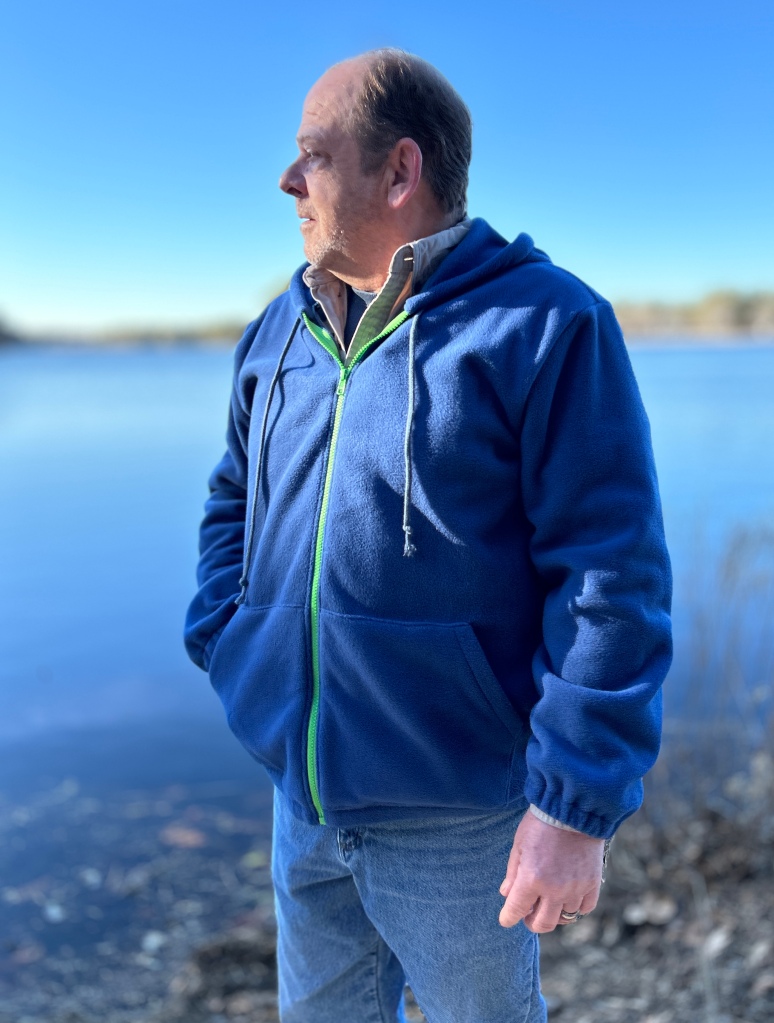
Notions
- All Views: thread, 1/2 yard of 3/8″-3/4″ elastic (for sleeves)
Optional: Interfacing and bias tape
Other Notions will vary depending on what features you have chosen for your Bass Clef.
- Button Option: 3/8″- 3/4″ buttons or snaps (6 for the collar version, 5 for the hooded version)
- Zipper Option: 28″ separating zipper (longer zippers can be shortened)
- Elastic Hem: 2 yards of 3/8″ -3/4″ wide elastic
- Drawstring Hem: 2 yards drawstring, 2 grommets, cord stoppers/locks (optional)
- Hood: drawstring, 2 grommets, cord stoppers/locks(optional)
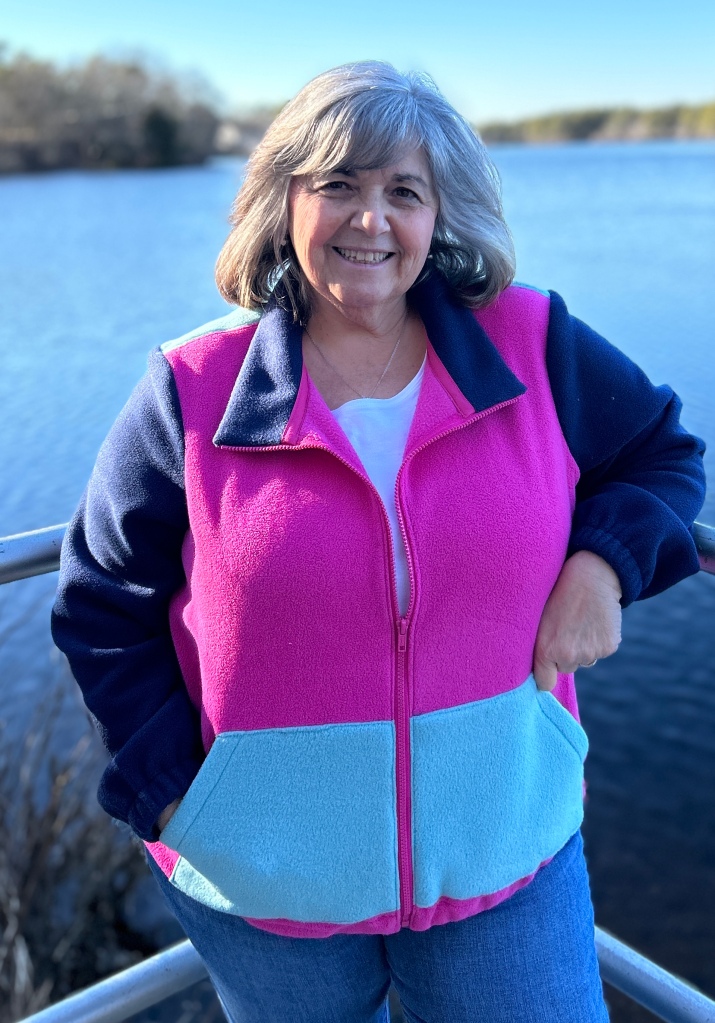
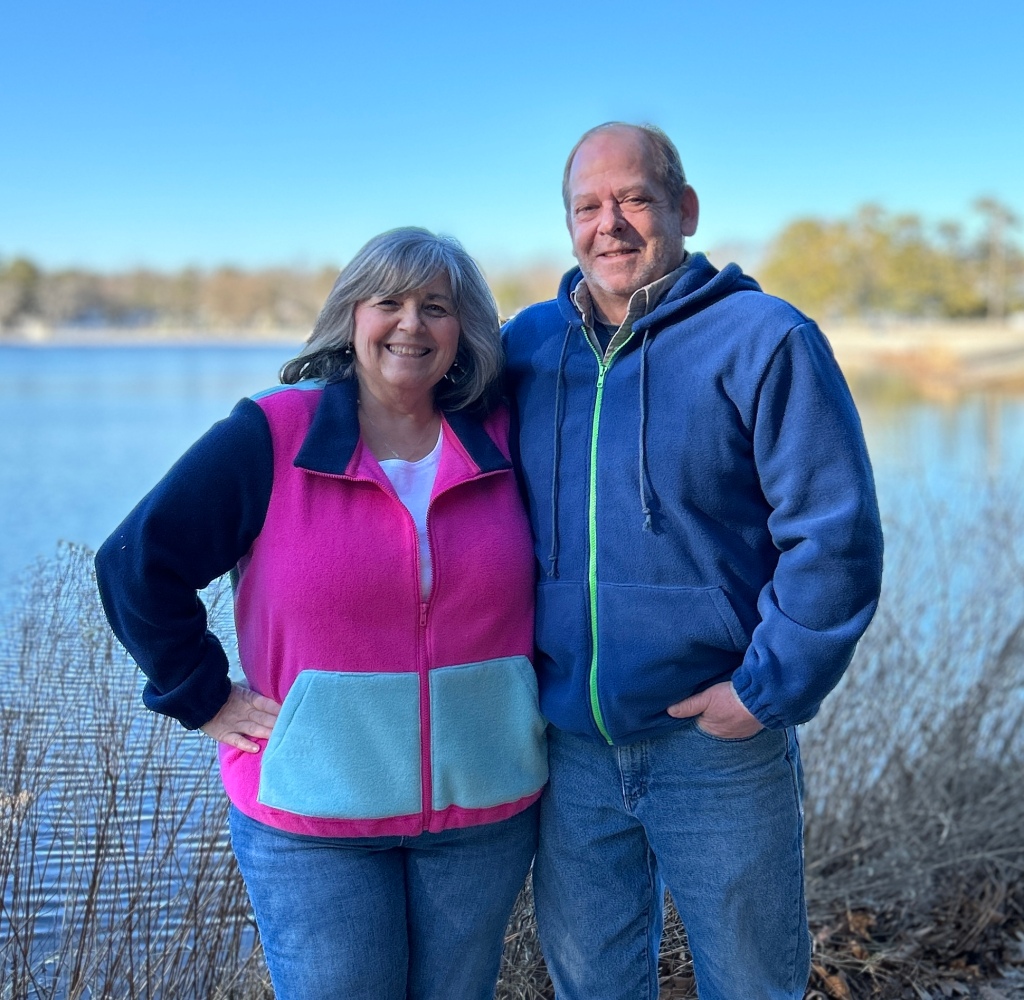
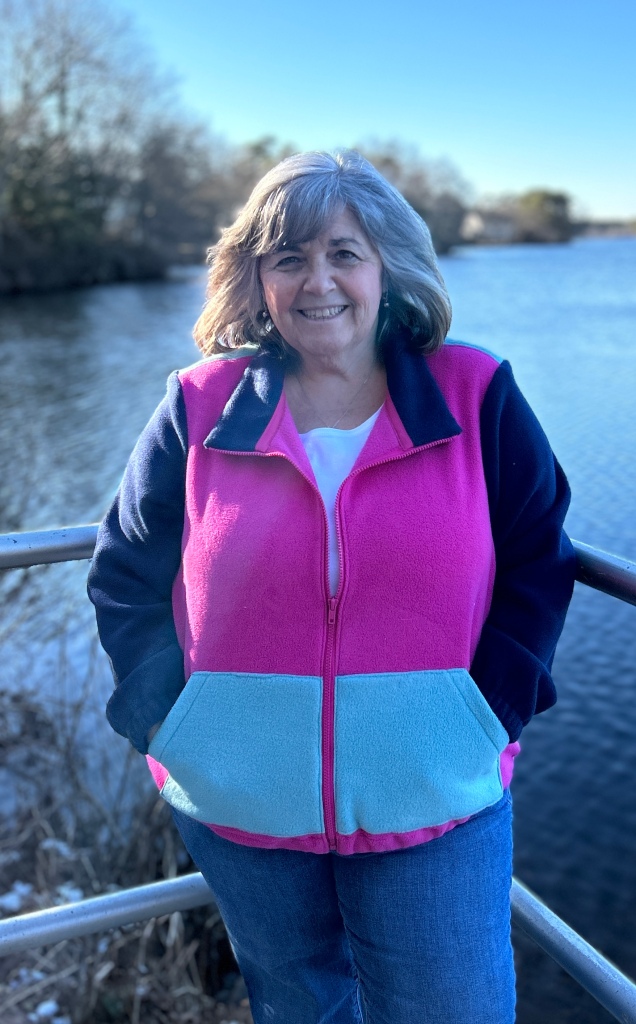
Here are our “coordinating” Clef Coats. Both are made from fleece.
It was super cold at the lake behind our house this day, but our Clefs were snuggly!
Tips For Sewing The Bass Clef Coat
- Staystitch the neckline edge (both knits and wovens)
- Make a practice welt pocket before cutting into the front of your coat.
- Fray check the inside edges of the welt inside. Be careful to not let it soak through to the front.
- For a really quick sew, omit the welt pocket! However, let me say it really does elevate the look of your coat and the directions are awesome!
- If sewing with a fabric that frays, finish all sides of the kangaroo pockets before attaching to the front. After Step 1 before moving on to Step 2.
- Finish the center front edges of both front pieces before attaching the zipper.
- Another way to elevate your Bass Clef is to finish the neckline/collar/hood seam with bias or twill tape. I did this on both of my versions. (You can also see I used contrasting bias tape on my 2 Clef Coats below.)
More details on the Women’s Clef Coat can be found below, along with more information on these 2 versions. CLICK HERE
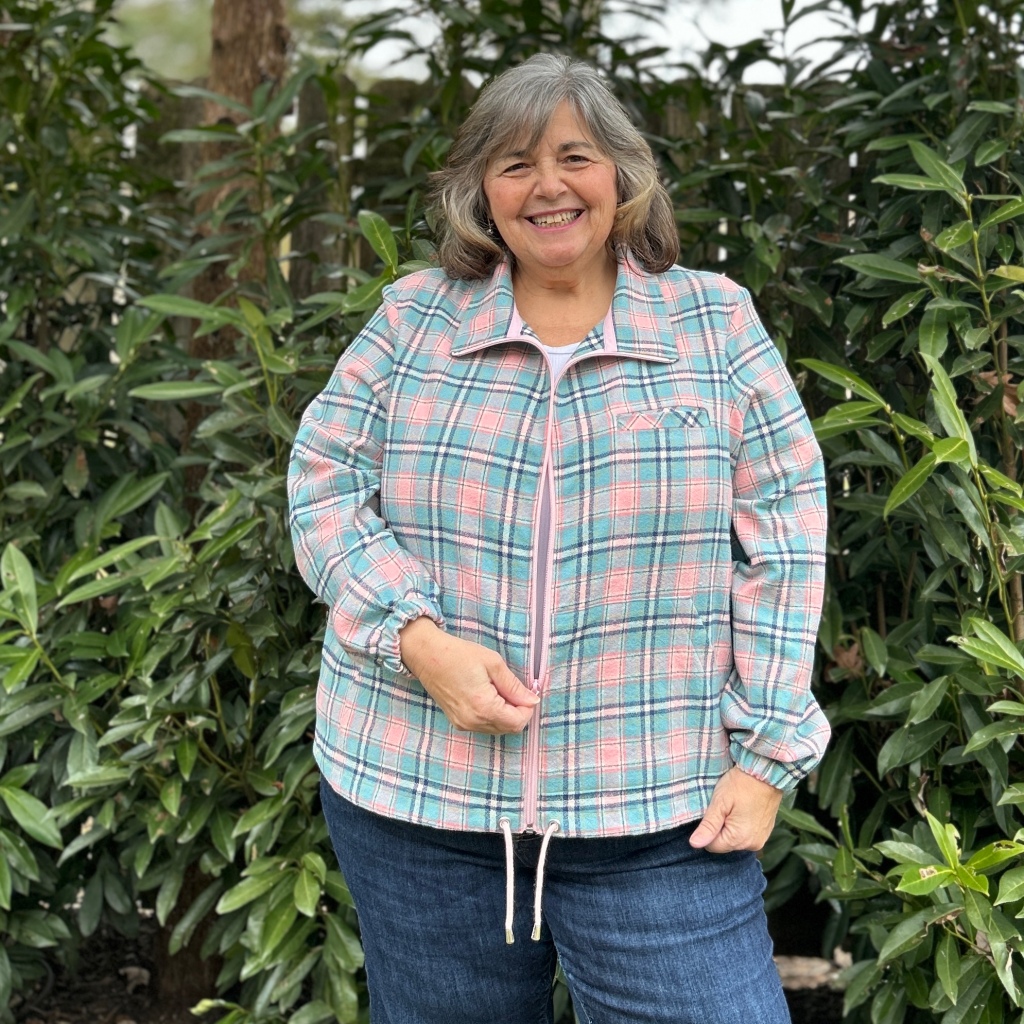

Thanks for stopping by! I truly appreciate all of you that visit! If you enjoyed this blog post, consider subscribing to my blog to stay up to date with all my posts!
Mary Anne 🙂
Remember to follow me over on Instagram to see all my latest makes! @sewmarymac
You can also follow my Facebook Page~ Sew Mary Mac. On this page you will find information on my makes from all pattern companies. If I know of any good sales(pattern or fabric) I will also feature this information. I have had many of my loyal followers send me friend requests on Facebook. I do post in the Love Notions group under Mary Anne MacLean, however this Facebook account is private. There is no sewing content on that Facebook Account.
You can grab the Men’s Bass Clef Coat pattern HERE.
You can grab the Kid’s Treble Clef Coat pattern HERE.
These are affiliate links. It costs you nothing to purchase from these links, it just helps fund my fabric addiction which allows me to test and review more patterns.
To receive an additional 10% off the pattern price, use this coupon code 10MARYMAC.This coupon code can be used at anytime on any pattern….even a $5 Feature Friday pattern. My code does change quarterly, so please always check the newest blog post for an update if you find a code isn’t working.
Fabric Resources
My husband’s wearable muslin was made from fleece I had in my stash. I’m going to guess that is from Joann Fabrics from a few years ago. My color blocked Clef Coat was made up from various scraps of fleece I found when cleaning out my sewing closet. These scraps too were most likely from Joann Fabrics.
The Washed Corduroy was purchased from Stylemaker Fabrics. It is available in a few different colors. This Bass Clef Coat is made in the “Redwood” color way. It is so soft and comfortable. I used this fabric in the “Sea Glass” color way to make an Aria button-down for myself earlier. My husband always said how much he loved this shirt every time I wore it, so I figured I would buy some for his new coat.
You can find the Washed Corduroy HERE. Below is a picture of my Love Notions Aria button-down in this fabric.
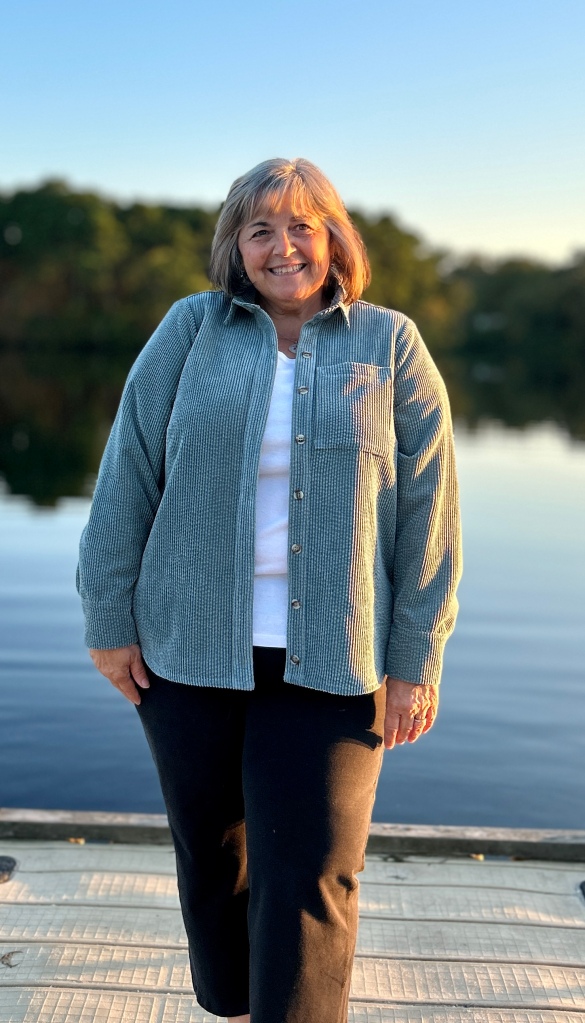


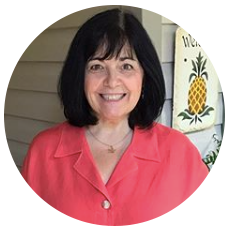
My husband is really keen to get a cord version since seeing yours…..as I’m not as skilled as you I’m trying to distract him. Beautiful work, very inspiring. Love the neat bias tape finishing. Maybe one day I can achieve it but I’ll just keep drooling over yours for now. 💕🧵
LikeLiked by 1 person
Thank you so much! The Clef is surprisingly a fairly easy sew. Believe me- the more you sew the better your skills will get. Sometimes it’s the little things that take something to that next level.
LikeLiked by 1 person
I’ve been sewing a while 😄. I keep thinking the next make will be better but alas I’m a serial mistake maker. Never mind I still love it. Thanks for your great pattern reviews and blogs. Only just found you but love your makes
LikeLiked by 1 person
Thanks for following/reading! We all make mistakes!
LikeLiked by 1 person
Thank you Mary, for walking us through your personal touches to the Bass jacket pattern for your husband. I’d really like to make one for my husband. I think he’d really like it. Your blog post has been very insightful (as always)! Regards, Paula Bildson
LikeLiked by 1 person
Thank you for your kind words and reading it! Sometimes it’s the little things that make a sew better!
LikeLiked by 1 person